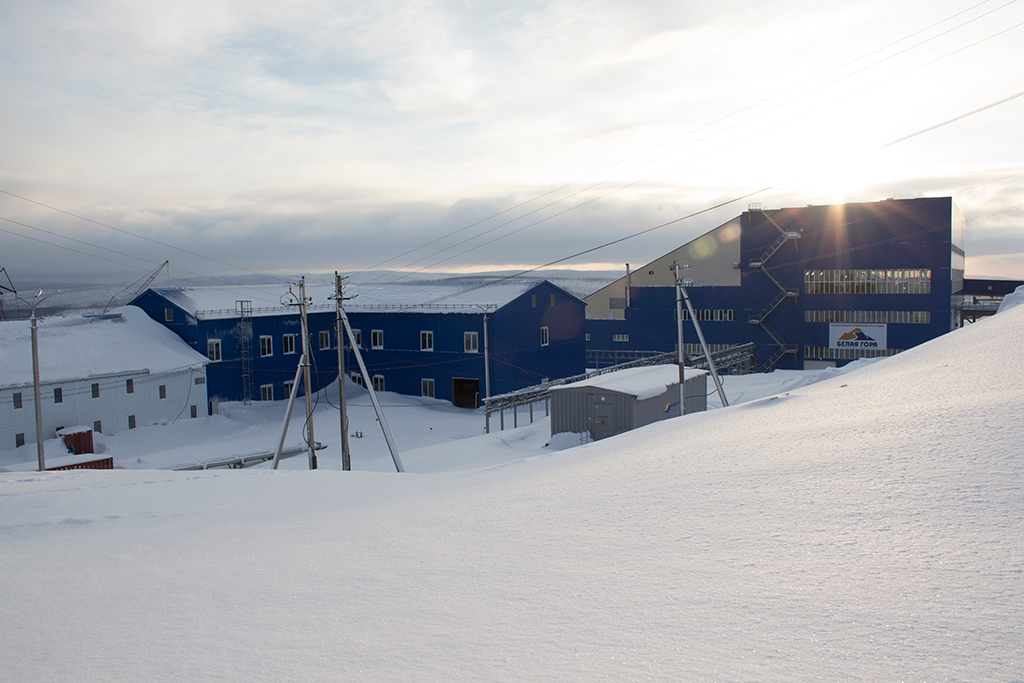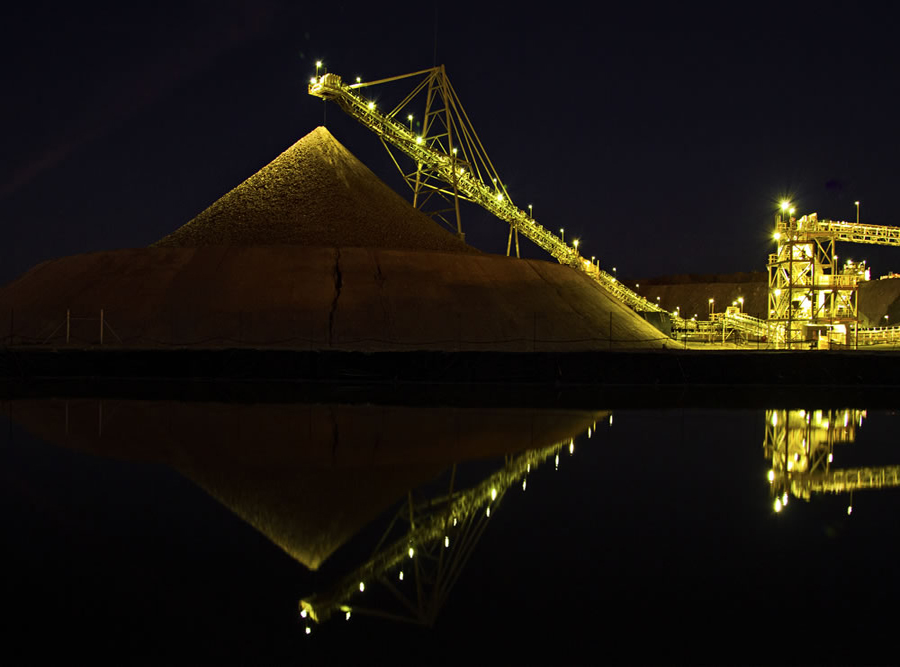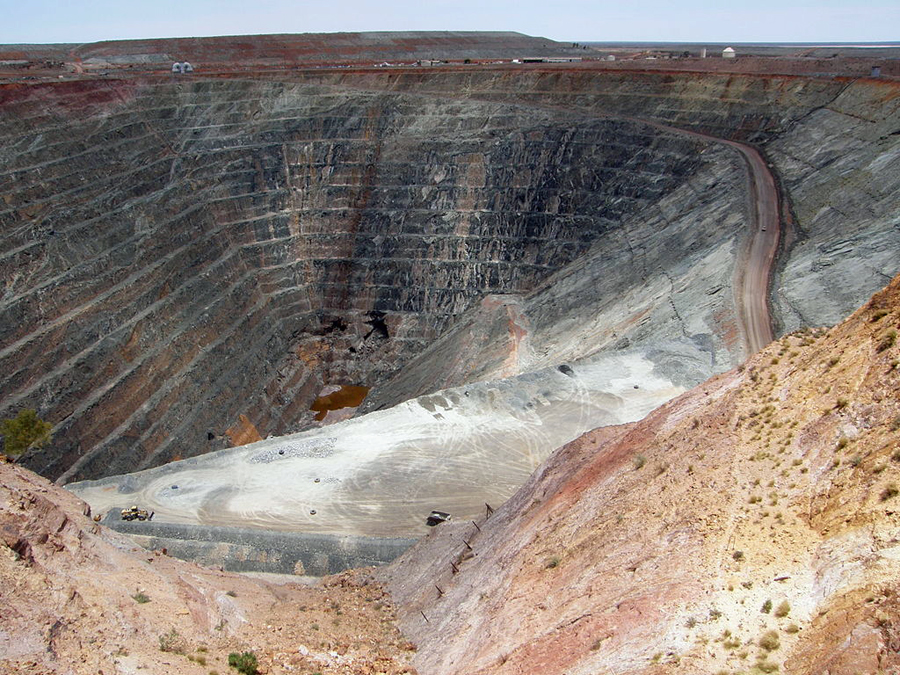After coming unnervingly close to triple digits at the end of 2015, the price of gold ended a three-year losing streak last year. So far in 2017, gold has gained 9.5% in value, trading at more than $1,250 an ounce on Friday.
MINING.com’s sister company IntelligenceMine looked at costs at 140 primary gold mines and found 10 operations that would still make money even if gold halves in value from today’s levels.
IntelligenceMine ranked the mines on an all-in sustaining costs or AISC per ounce basis rather than cash costs, a measure that excludes many overhead outlays and sustaining capital for mine development and ongoing exploration.
The ranking also excludes mine complexes and gold operations where the precious metal is produced as a byproduct (where through some clever accounting gold can be mined at negative costs) or companies that report gold-equivalent output.
The ranking is based on annual costs for 2015 since 2016 mine-level cost breakdowns are not yet available from most of the miners in the top rankings. Quarterly reported costs at the same mine can also vary widely so in order to find the consistent winners annual data was used.
These are the 10 mines – and there are only 10 in the world – that mine gold for less than $600 an ounce:

Image: Highland Gold
Highland Gold’s underground mine in the Zabaykalsky region of Russia enjoys lucky $777 margins at today’s price. In 2014, the open stope mine which also produces silver, lead and zinc, also kept costs below $600. The mine about 350 km west of the city of Chita near the border with China opened in 2009. Average winter temperatures at the site is a teeth-clattering -30 degrees centigrade. London-listed Highland Gold is targeting 255koz–265koz of production for the full year.

Doesn’t cost much to keep the lights on at Voro. Image: Polymetal
Polymetal International’s Voro gold-silver mine and processing facility is located in the Sverdlovsk region of Russia. AISC costs to mine the orogenic deposit ranks Voro as one of only three operations in the world that can produce an ounce of gold for less than $400 (see BTRP below). The opencast and heap leach operation started up in 2000 and have another nine years of life. London-listed Polymetal operates eight gold and silver mines in Russia, Kazakhstan and Armenia.

Blagodatnoye boasts Russia largest gold processing plant. Image: Polyus Gold
Polyus Gold, the world’s eighth largest gold producer, commissioned AISC $444/oz Blagodatnoye in Krasnoyarsk eastern Siberia in July 2010. Processing capacity at the open pit, located 25km from the Moscow-based company’s flagship Olimpiada mine, is 6m tonnes of ore per year, which makes it the largest facility of its kind in Russia. Blagodatnoye AISC dropped further over the first nine months of 2016 to just $402 an ounce. Poluys has six operating mines (two of which made this ranking) and claims the world’s fourth largest gold reserves of 64.3 million ounces.

Lagunas Norte. Image: Barrick Gold
Barrick Gold’s Lagunas Norte in La Libertad region of Peru, 140 kilometers east of the coastal city of Trujillo is the largest mine on the list with 2015 output of just over 560,000 ounces although ounces produced in 2016 fell by more than 100,000 ounces. All-in costs in 2015 was a measly $514 per ounce and Barrick’s most recent breakdown saw costs creep up only by $15 an ounce during Q3 last year. Lagunas Norte sits at an elevation of 4,000 to 4,260 meters above sea level. It’s an open-pit, valley-fill heap leach operation. Proven and probable gold reserves as of December 31, 2015, were 3.7 million ounces (63.6 million tonnes, grading 1.82 grams per tonne).

Verninskoye. Image: Polyus Gold
Polyus Gold’s Verninskoye mine is a conventional shovel-and-truck open-pit operation that was commissioned at the end of 2011. In 2015 Verninskoye produced 161,000 ounces for $530 per ounce all in. For the first nine months of 2016 the company was able to shave off another 3% of costs at the mine in the Irkutsk region of Eastern Siberia. Verninskoye, the Russian company’s third mine, hosts 3.8 million ounces of proven and probable reserves and 6 million ounces of gold resources. Across Polyus’s portfolio of mines costs are now below $600 thanks to falling costs at Olimpiada up to Q3 last year. Polyus hopes to produce 2.7 million ounces per year by the end of the decade.

Processing plant Belaya Gora, Highland Gold. Image: Step
Highland Gold started up Belaya Gora located in the Khabarovsk region of Russia in 2014, but small scale mining in the area dates back to the 1930s. Highland worked with Barrick drilling the property and in 2010 Highland expanded the licence to cover 37km2. Belaya Gora which last year achieved average grades of 1.23g/t and produced 46,000 ounces is an open pit, gravity and cyanide leaching operation.

Otjikoto gold mine in Namibia. Image: B2Gold
B2Gold produced a record amount of gold in 2016, it’s eighth year of output expansion. The Vancouver-based miner’s Otjikoto mine in northern Namibia produced 166koz last year, 14% or 20.5koz more than in 2015 thanks to a mill expansion project completed in September 2015. 2017 production should match last year’s but costs at the 90%-owned open pit, are creeping up. From a skinny $565 an ounce overall in 2015, B2Gold now expects 2017 costs will be in the mid- to high $800s. Otjikoto, acquired in 2011 through the takeover of Auryx Gold in 2011 poured its first gold in December 2014.

Gwalia gold mine in Australia. Image: By Geomartin [CC BY-SA 4.0], via Wikimedia Commons

Newmont Mining Akyem gold mine Ghana. Image: Newmont Mining
Newmont Mining’s Akyem mine produced 473koz at AISC of $574 an ounce in 2015 and the Denver-based giant managed to keep costs at the operation in eastern Ghana, 180km for the capital Accra, at the same level in 2016. But Newmont’s Q4 earnings released last week indicates that Akyem will fall out of the top 10 this year as costs jump to $745 – $795 an ounce and production drops off due to processing harder, lower-grade ore and following the depletion of high-grade stockpiles. Full production at the surface mine started in October of 2013 with a 16-year mine life.

Agbaou gold mine in Cote d’Ivoire. Image: Endeavour Mining
Endeavour Mining’s Agbaou mine in Côte d’Ivoire is the Cayman Island-based miner’s largest and lowest cost with 2016 production of a record 196koz. West Africa-focused Endeavour which has five operating mines in the region managed to squeeze all-in costs at Agbaou further in 2016 – $535 an ounce vs the $576 an ounce that places it tenth on this ranking. Endeavour says it’s spending $27 million ($7 million on a drill program) at Agbaou this year with the operation returning to more normalized and sustainable production in 2017 around 175–180koz with fresh ore representing 50% of the total. Costs will jump to $660–$700 an ounce.

BTRP tailings processing mine. Image: Pan African Resources
With all-in costs per ounce of just $503, BTRP ranks no.4, but unlike others on this list Pan African Resources’ operation in South Africa processes tailings and is not a mine producing ore. Hydromining waste of the Fairview and New Consort underground mines in the historic 1885 gold rush region around Barberton in the east of the country near the Swaziland border, BTRP produces 25–30koz a year with a life of mine in excess of 14-years. Just how rich the Barberton gold fields once were is evidenced by the fact that head grades from the tailings dams is still an above average 1.7g/t.
Data retrieved from the IntelligenceMine database. Get access to more than 12,000 listed and private company profiles, 33,000 mines, projects and processing facilities and 1.6m regulatory and source documents. IntelligenceMine also provides powerful multi-faceted search with comparative result grids, sorting and download capabilities, an online interactive mapper and more.
5 Comments
Kenneth Viney
Good read. Thanks Frik.
Ken
Anon-Y-Mous-e
Here is my No.1 gold exploration stock pick that should see a big pop in early 2017, see Mining Journal http://miningmarketwatch.net/bmk.htm (recommended reading) “MacDonald Mines advancing Gold laden zones, and highly prospective for new discovery next to multi-million oz miners”
Here are some excerpts of some stuff that caught my eye on first pass (the oxide sands can be mined quickly as aggregate for cash flow, and the load gold zones have very high grade material (the Soocana Mining Company Limited calculated a gold resource (historical non NI43-101) of 54,000 tons of material grading 0.556 oz/t (19.06 g/t) — still there and MacDonald can build on this (already have on initial walk of property by finding new shear zone)
Alan
Am I missing something or doesn’t Newcrest’s Cadia mine consistently produce with an AISC at under $300/oz? I understand they do get some copper credits, but even gold only would surely have it at below $600/oz. They just presented at the BMO metals conference.
Spartacus111
Mexus Gold $450. production starts end of March, Will rival neighbor La herradura Min in Mexico in 2018 when it grows further.
Michael Alyoshin
I am not sure it’s quite right to derive such a major conclusions using just one year’s AISC. For example, during 2015 most of russian miners took advantage of very weak ruble- local currency literally lost half of its value vs USD, it obviously helped to keep the costs (mostly denominated in RUB) under control.